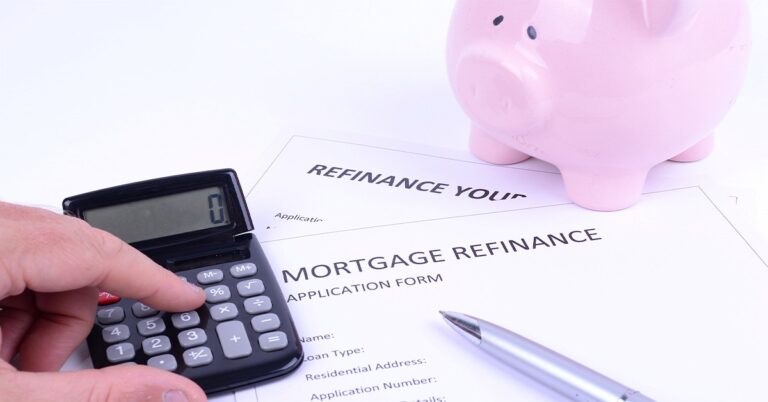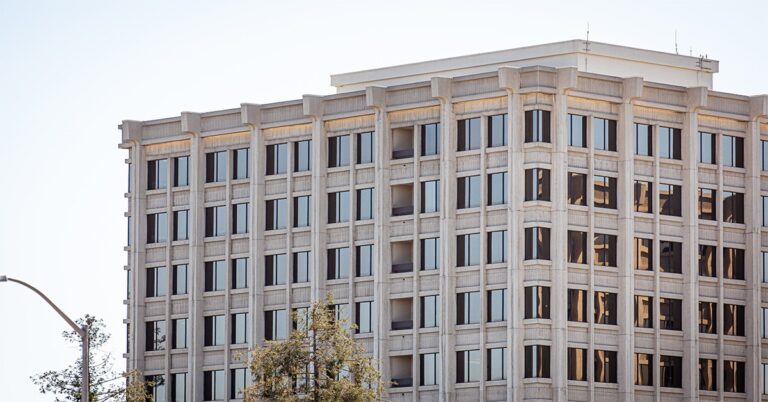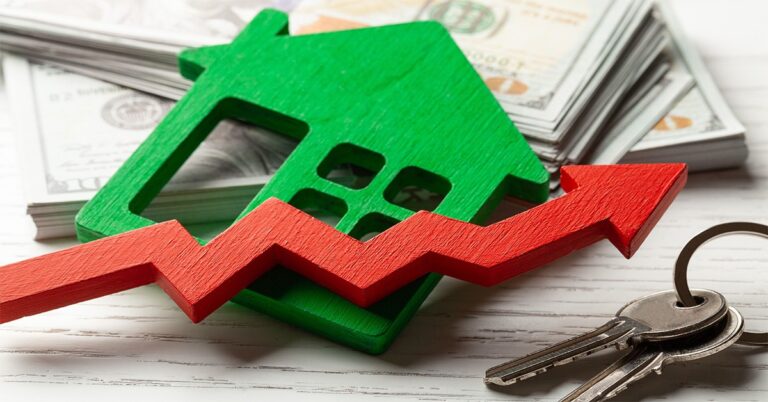According to a new study by bias analysis company FairPlay AI, mortgage fairness for Black Americans “is essentially no better today than it was 30 years ago,” while mortgage fairness for Native Americans has dropped by more than 10% over the same time frame.
It’s a disturbing conclusion from a study of more than 350 million mortgage applications from 1990 to 2021, gathered via the Home Mortgage Disclosure Act (HMDA). To quantify fairness, Fairplay utilized the adverse impact ratio (AIR) model, comparing approval rates for a specific protected status demographic (in this case, racial minorities and women) to a control group (white or male applicants).
For example, if the protected and control groups had approval rates of 60% and 90%, respectively, the AIR would be 60/90, or 67%. Fairplay adhered by the “four-fifths rule,” a widespread AIR threshold that says if the selection rate of a group is 80% (or four-fifths) less than that of the control group, then an adverse impact exists.
The study found that in 1990, Black mortgage applicants were approved for residential loans at a 78.4% AIR compared to the control group. This ratio remained virtually the same in 2019 before rising in 2020 and 2021 to 84.4% — an increase that was likely boosted by government stimulus programs, according to FairPlay.
The gulf grows when the lens is narrowed to certain states. In five states — Louisiana, Mississippi, South Carolina, Alabama and Arkansas — Black homebuyers were approved at only 69% the rate of their white counterparts. And the AIR of rural Black populations has steadily trailed that of urban Black populations. In 2021, for example, rural Black populations had an AIR of 74%, compared to 83% for urban Black applicants.
Maybe most troublingly, FairPlay discovered that the adverse impact for Black applicants in a community increases as the population of Black residents grows.
For Native Americans, meanwhile, mortgage fairness has plummeted, according to FairPlay’s metric. In 1990, Native American mortgage applicants had an AIR of 94.8%, but by 2021, this number sank to 81.9%.
“Despite decades of government intervention and the growth of high-priced consultancies devoted to fair lending practices, there is clearly much work to be done,” said FairPlay CEO and founder Kareem Saleh, who co-authored the study. “It’s time for policymakers, regulators and lending institutions to admit that our efforts to reduce bias in mortgage lending have not moved the needle.
“If we want to extend the American dream to historically underrepresented groups, we must start encouraging new approaches to lending fairness.”
There also were some positive takeaways from FairPlay’s report. Mortgage fairness among women, for instance, grew from 91.8% in 1990 to 99.2% in 2021, nearly matching the level of applications from men. Black women, specifically, have seen their AIR improve massively, from 69.8% in 1990 to 86.3% in 2021.
And while HMDA data for Hispanic mortgage applicants only goes back to 2008, the trend since has been a positive one. The AIR for Hispanic borrowers in 2008 was 77.7%, a figure that rose to 87.7% by 2021.







